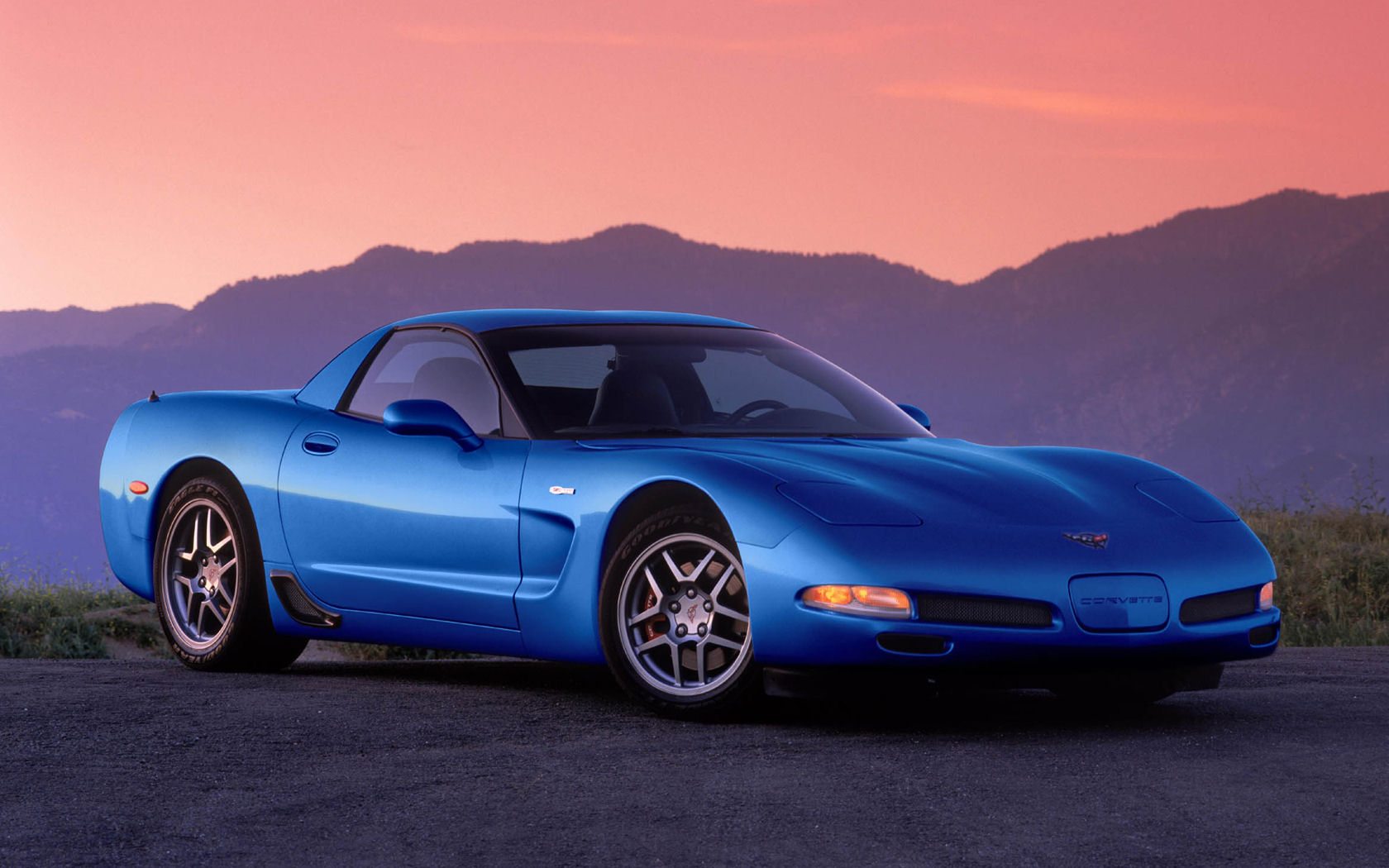The title of Chief Corvette Engineer is not to be taken lightly. After all, this title has historically been reserved for some of the most renowned automotive engineers that the industry has ever seen. When one considers that this title was originally held by Corvette luminary Zora Arkus-Duntov, it is quite easy to see how high this bar has been set.
David Hill was only the third individual to hold the title of Corvette Chief Engineer, preceded only by Zora Arkus-Duntov and Dave McLellan. During his 13-plus year tenure as Chief, Hill oversaw the Corvette’s coming of age, as the iconic American sports car reached new heights in power, performance, and sophistication.
No Subscription? You’re missing out
Get immediate ad-free access to all our premium content.
Get Started



